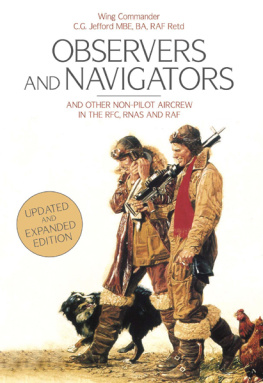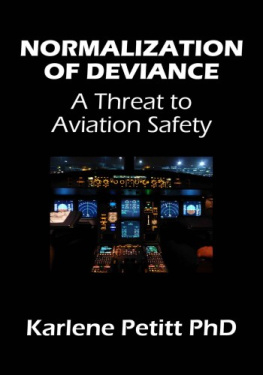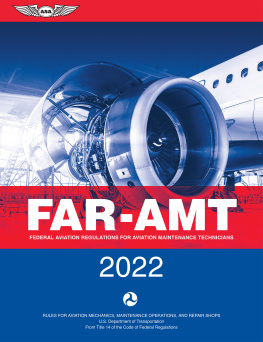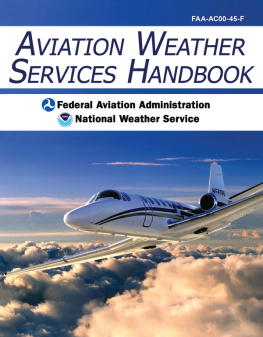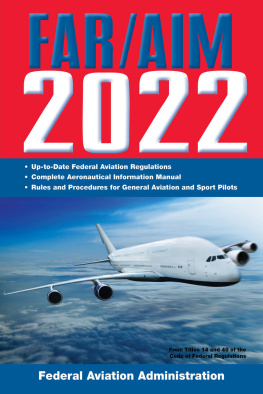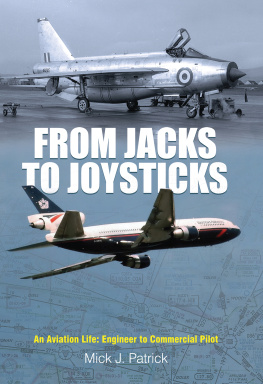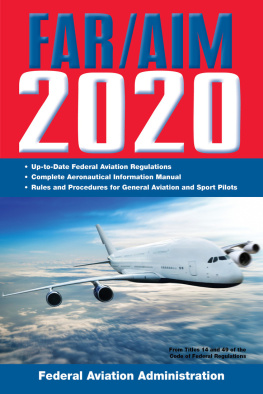Copyright C G Jefford
First edition published in Great Britain, 2001
by Airlife Publishing Ltd
Shrewsbury
Revised second edition published in Great Britain, 2014
by Grub Street
4 Rainham Close
London
SW11 6SS
British Library Cataloguing-in-Publication Data Great Britain. Royal Flying Corps Airmen History; Great Britain.
Royal Flying Corps Aerial gunners History; Great Britain. Royal Naval Air Service Airmen History; Great
Britain. Royal Naval Air Service Aerial gunners History; Great Britain. Royal Air Force Airmen History; Great
Britain. Royal Air Force Aerial gunners -- History; Flight navigators History;
ISBN: 978-1-909808-02-7
EPUB ISBN: 978-1-909808-40-9
All rights reserved. No part of this book may be reproduced or transmitted in any form or by any means, electronic or
mechanical, including photocopying, recording or by any information storage and retrieval system, without the written
permission of the author.
Printed and bound by Berforts Group, UK
Contents
Foreword to the First Edition
by
Air Marshal Sir John Curtiss KCB KBE FRAeS FRGS
This book is a most welcome addition to the bibliography of military aviation and is long overdue. Observers and Navigators at long last pays tribute to the thousands of non-pilot aircrew, the often unsung heroes of two World Wars and the years between and since. It is a remarkable and impressive story and one that will, without doubt, both enlighten and surprise readers from outside and inside the Service.
It is quite clear from the evidence within these pages that both the Royal Flying Corps and the Royal Air Force have good reason to be ashamed of their treatment of their non-pilot crew. Its a pilots air force has been the mantra of the back-seater for many years and, although an equal careers policy for pilots and navigators was introduced in 1948, pilots have always been more equal than others. In the context of equality, it is, of course, not without significance, that the RFC and RAF have always insisted that their non-pilot aircrew should wear the strange half wing, unlike the more enlightened RNAS and USAF, which never adopted it, and the RCAF and RAAF, both of which inherited the design but subsequently abandoned it.
But in real terms, apart from the relatively limited world of single-seat fighters, it never has been a pilot-only air force. Had it not been for its very large numbers of observers, navigators, wireless operators, air bombers, flight engineers and air gunners the Royal Air Force would have played a very limited role indeed in the world of air power.
From the earliest days of the First World War, observers were playing a vital role in the bloody battles on the Western Front. Readers will be astonished to discover that more than 10,000 men flew as non-pilots during that war and that 25% of all commissioned aircrew were wearing the observers badge at the time of the Armistice.
As the size, complexity and range of aircraft grew so did the roles that they were capable of carrying out, but this potential could be realised only by a substantial increase in the numbers and specialisation of non-pilot aircrew.
With the introduction during the Second World War of heavy, four-engined aircraft into Bomber, Coastal and later Transport Commands, the requirement for rear crew was considerably increased. The standard bomber crew at that time consisted of two air gunners, a flight engineer, a wireless operator, an air bomber and a navigator; six crewmen to one pilot. Of the 55,500 aircrew that were killed during the bomber offensive fewer than 10,000 will have been pilots.
In addition to braving all the risks associated with flying, whether in peace or in war, other aircrew must place their lives unreservedly in the hands of the pilot and in a full career they will fly with a great variety of different pilots of varying level of skills. As Capt J M Steel, the Commandant of the large RNAS training establishment at Eastchurch, wrote to the Admiraltys Director of Air Services in 1917, being non-pilot aircrew requires a standard of courage which the majority do not possess.
The requirement for large numbers of other aircrew continued well into the post-war years with the V-bombers, Shackletons, Hercules, VC10s, Nimrods and Tornados. In this era air electronics officers and air electronics operators were introduced into the V-bomber and maritime patrol fleets. But with the introduction of increasingly sophisticated electronic devices and a reduction in the numbers of aircraft in service the requirement for other aircrew began to decline during the 1990s.
Now, the Air Force Board in its wisdom has decided to abolish the historic, prestigious and highly valued title of navigator and replace it with the totally inept Weapons Systems Operator. This was a decision that could only have been reached by a Board composed entirely of pilots. It is significant that, in the entire history of the Royal Air Force, no navigator was ever appointed to serve on the Air Council, and only one to the Air Force Board. Indeed, despite their oft proclaimed equality, only three navigators have ever been promoted to air marshal. In terms of prestige, influence and recognition it really has always been a pilots air force.
Thanks to this book, however, some degree of recognition has been finally been given to all of the very many other aircrew who gave invaluable service, and often their lives, to their country, the Royal Flying Corps, the Royal Naval Air Service and the Royal Air Force.
________________________
At the time of writing these were (had been) Air Marshals Sir Charles Ness, Sir Barry Duxbury and Sir John Curtiss. Since then the total has increased to five with the addition of Air Chief Marshals Sir Stuart Peach and Sir Simon Bryant, the latter being only the second navigator (after Charles Ness) to serve on the Air Force Board.
Foreword to the Second Edition
by
Air Chief Marshal Sir Stuart Peach KCB CBE ADC BA MPhil DTech DLitt FRAeS RAF
This is a most useful update to an important book. In particular, many members of the current Royal Air Force aircrew community will be able to relate to the difficulties experienced by the first generation of observers, which it describes so well.
But, more than that, the bravery, courage and sacrifice of observers, navigators, air gunners, wireless operators and bomb aimers has become the stuff of legend, heroism and recognition. This book explains the context, the difficulties over policy on badges, pay, recognition, which many contemporary readers would recognise. We should also remember the huge contribution made by aircrew from other countries; many of the boys of Fighter, Bomber and Coastal Command were from other countries.
As the jet age dawned so the requirement for non-pilot aircrew continued and, in roles ranging from V-bombers, to maritime patrol, to airlift and to tactical fighter-bombers, there was (and is) a genuine sense of team and teamwork amongst those who fly.
In my own forty plus years of service I recognise much of what Jeff describes. And yet my dominant memories are of shared risks, shared missions and shared support.
In life, I believe you make your own luck. As a navigator I have held command in every rank and served for fourteen years in Joint Defence Appointments. For future budding authors perhaps another difficult to define theme might be the role and influence of Non-Pilot Aircrew through the history of military flying; in command, on multinational operations and providing influence and intellect in staff appointments. But that is another story. For now, I commend this excellent book.
Preface
Compared to the millions of words which have been written by and about the British pilots who fought in the First World War, very little space has been devoted to the men who flew with them men who shared in (at least) equal measure the risks involved in air combat the observers. The most likely reason for this will be the publics fascination with the exploits of a handful of outstandingly successful pilots, practically all of whom flew single-seat fighters. The achievements of these aces were so spectacular that they reflected a measure of glory on all pilots, even those who flew the relatively pedestrian two-seaters. Unfortunately, they also cast a shadow which completely obscured the considerable contribution to success that was being made by the even less glamorous occupants of rear cockpits. Another possible explanation for the activities of non-pilot aircrew having been overlooked could lie in an impression that there were relatively few of them. If so, this was based on a misunderstanding. At least 10,000 such men flew on operations between 1914 and 1918.
Next page
